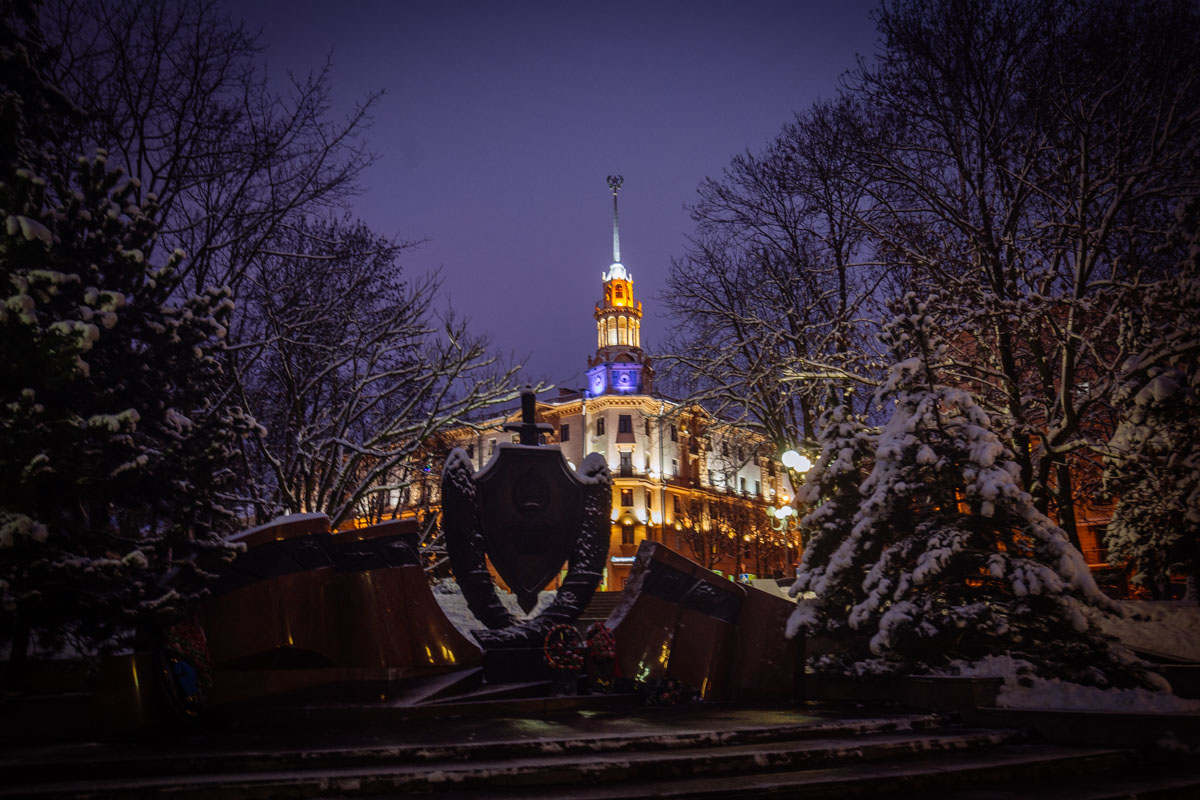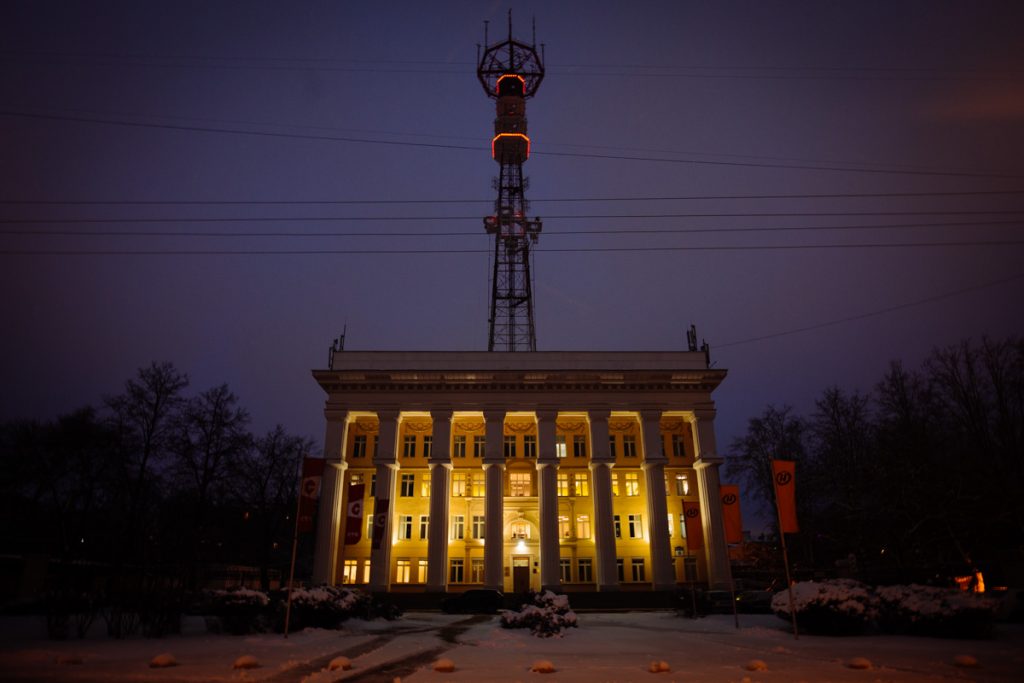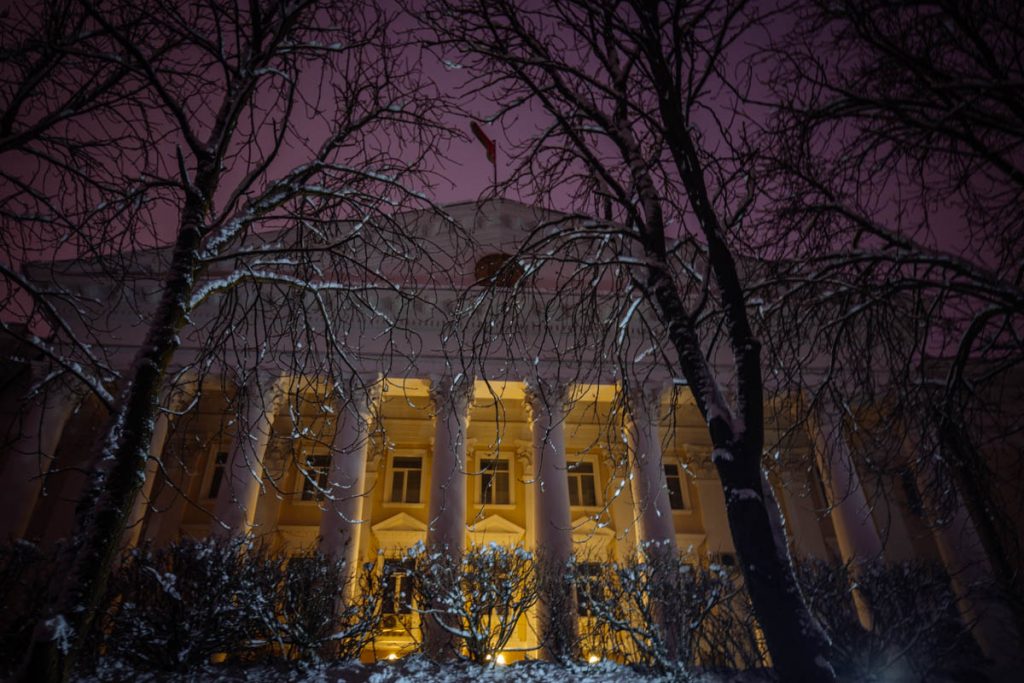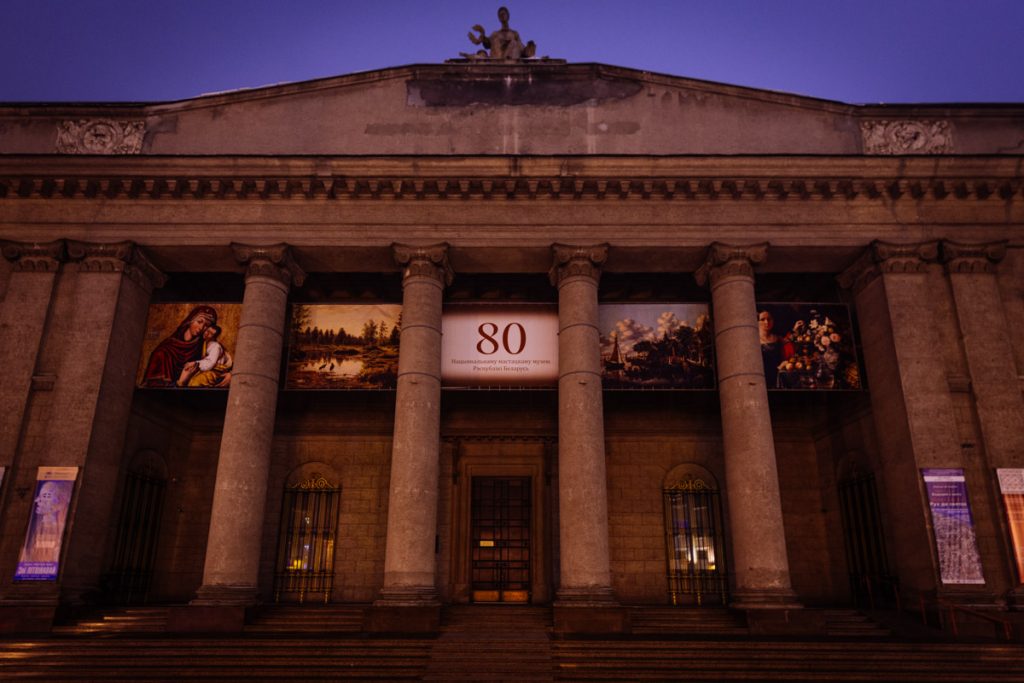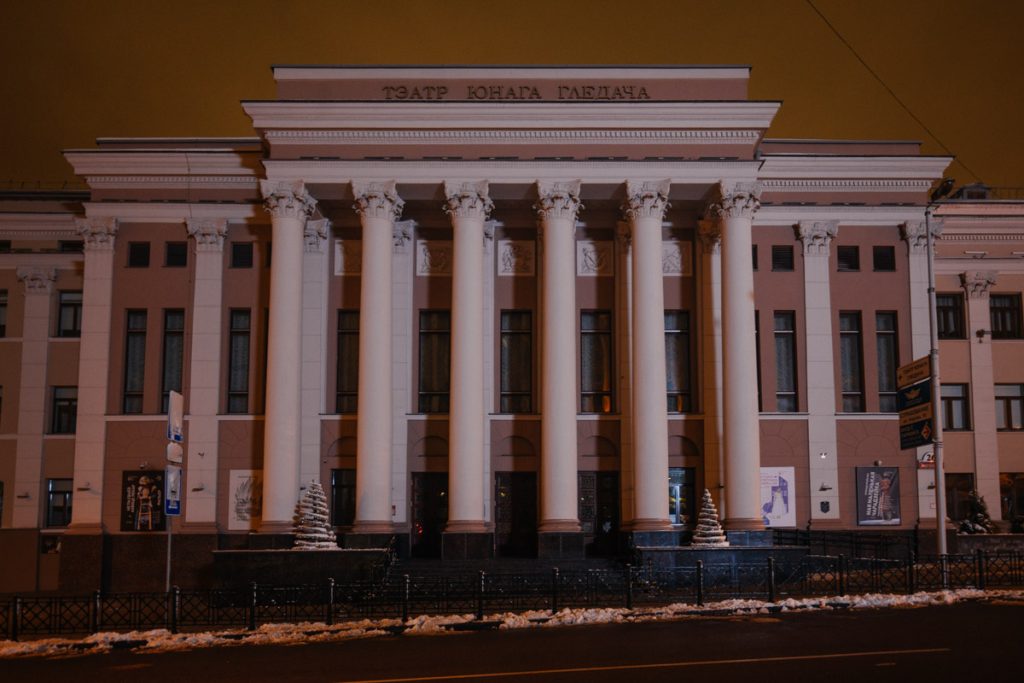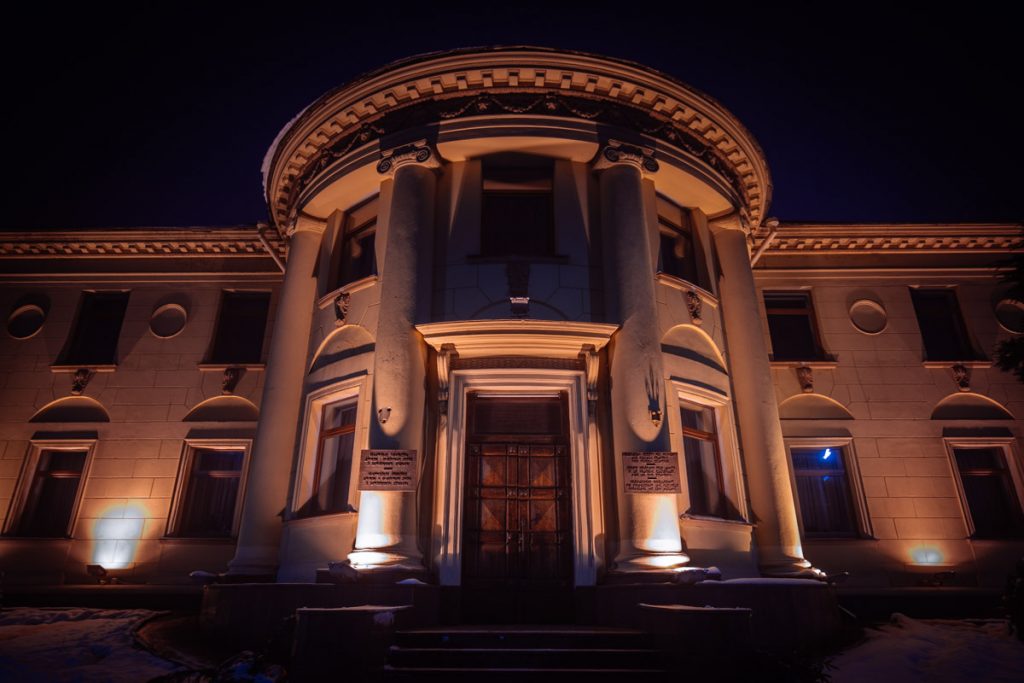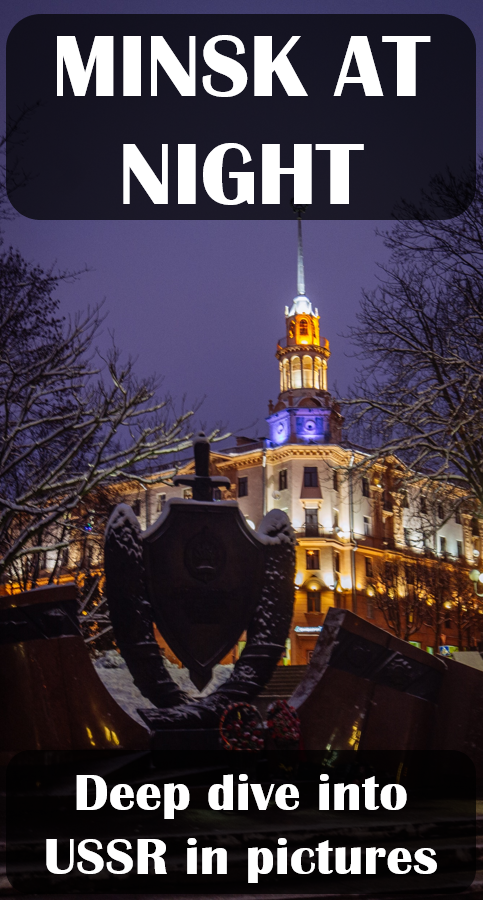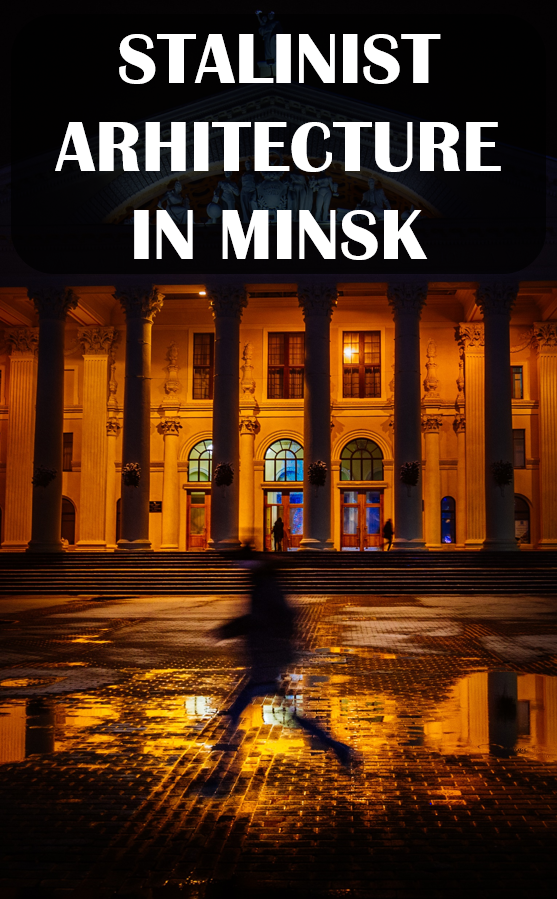Minsk surprised me. It felt different. Out of all USSR-reminding places, it looked most impressive. There is a massive amount of Stalinist architecture, it is perfectly clean and is almost free of ads. All these make it feel like a journey to a different era.
In this post, I gathered my pictures of Minsk. They are mostly about architecture, because, in my opinion, it contributes the most to the atmosphere.
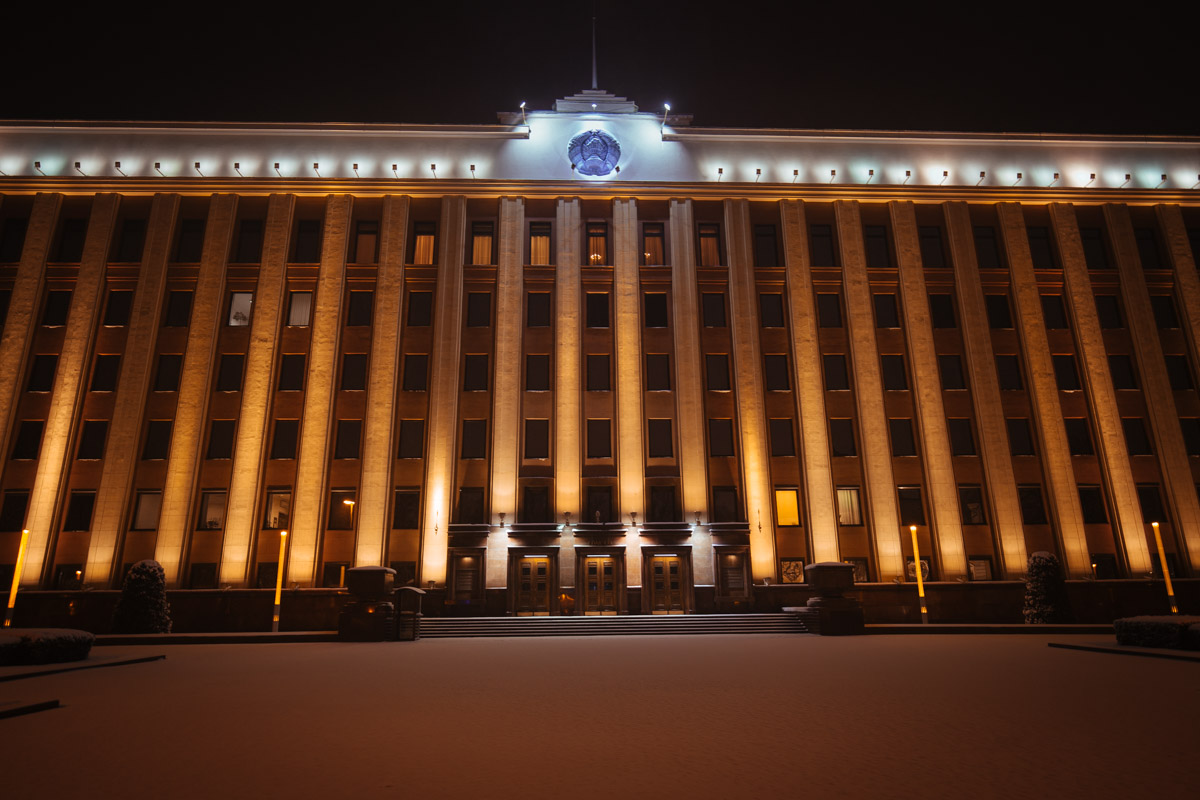
What Minsk felt like?
I was born in Russia and my grandparents told me, that after WWII everyone expected to have a bright future. They pictured it on futuristic posters, where “vehicles of the future” were moving along wide city prospects. Stalinist style buildings and monuments were dominant in the cityscape.
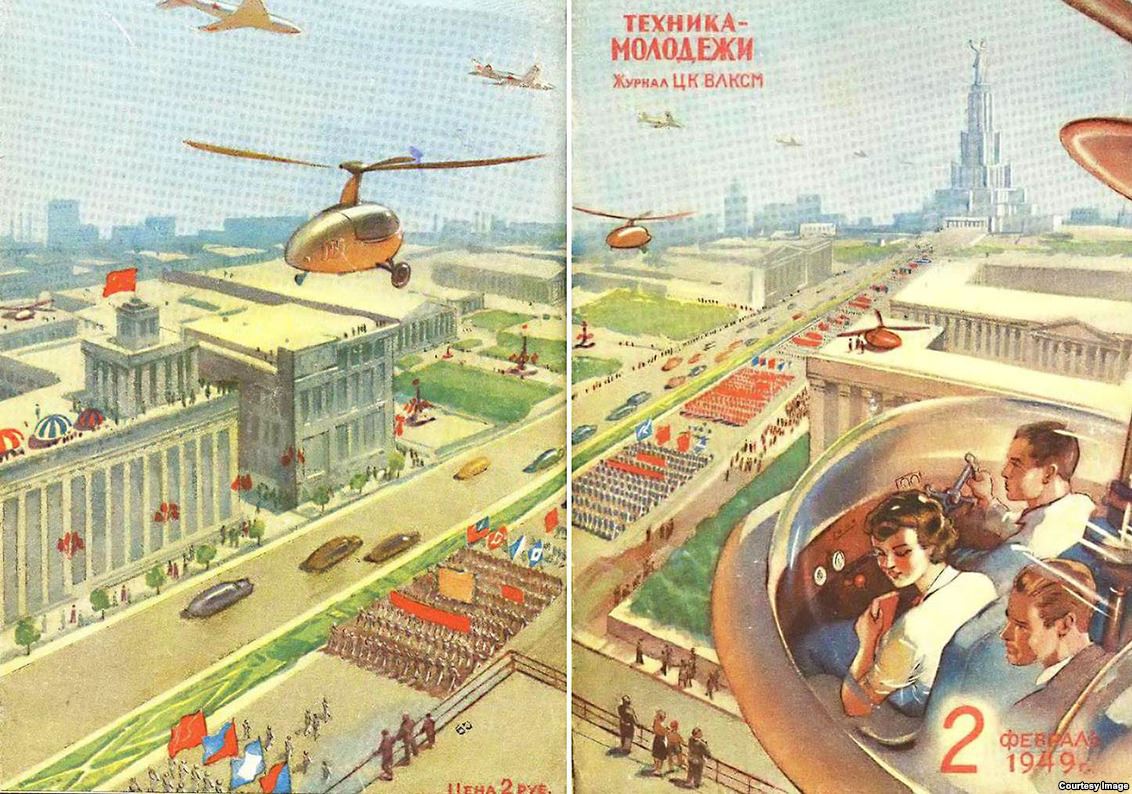
Minsk reminded me of these posters. There aren’t many ad banners, everything is exceptionally clean and cars from different millennia are roaming the streets.
Very Brief History and Facts
- Minsk had been one of the major cities in the Russian Empire and the USSR.
- WWII left the city in ruins. The population dropped from around 300.000 to 50.000.
- Right after the War, the city was fastly rebuilt, which is the reason for the massive amount of Stalinist architecture.
Then, the population grew very fast and continued growing after Belarus became independent in the early 90s. After independence, Minsk became the capital of Belarus, the population of Minsk is currently around 2 million people.
Architecture in Minsk’s enormous historical center remains the same.
About Stalinist Architecture
Stalinist architecture or the Stalinist Empire Style is pretty distinct. They built it massively in 1932-1955 for the luxury sector. Regular buildings were quite simplistic.
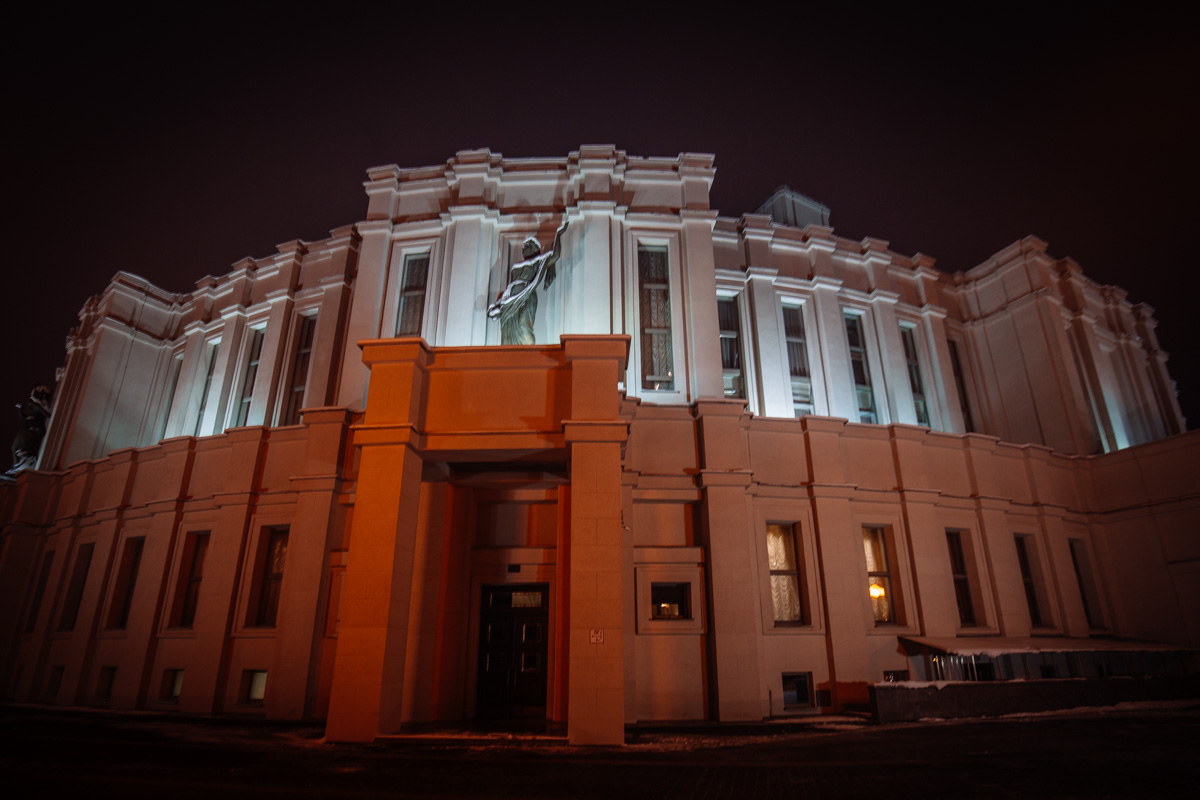
I think the World Atlas explained the idea behind Stalinist Architecture very well:
Stalin craved to show the might and power of the Soviet Union through rapid industrialization. His main aim was to broadcast to foreign countries of the growth and prosperity of Soviet Russia. To achieve this goal, he needed to construct new buildings that represent his propagandistic image.
World Atlas
Urban planning was an important part of the design process, too. Large streets and straight avenues were constructed for military parades and ceremonial functions.
In 1955-56, Khrushchev replaced Stalin. He criticized this architecture for excesses and discontinued it.
Many associate Stalinist Architecture with Moscow, but in my opinion, Moscow is a mix of different styles. In central Minsk, you go for a deep dive.
Architecture of Minsk, highlights
Before we go for a walk through the city center, I have to tell that it is enormous. If you want to get across – it would be around 4-5 kilometers. Visibly, most of the architecture is from Stalin times!
Here I only point out some of the most interesting pieces, but keep in mind that almost the whole city center is like this!
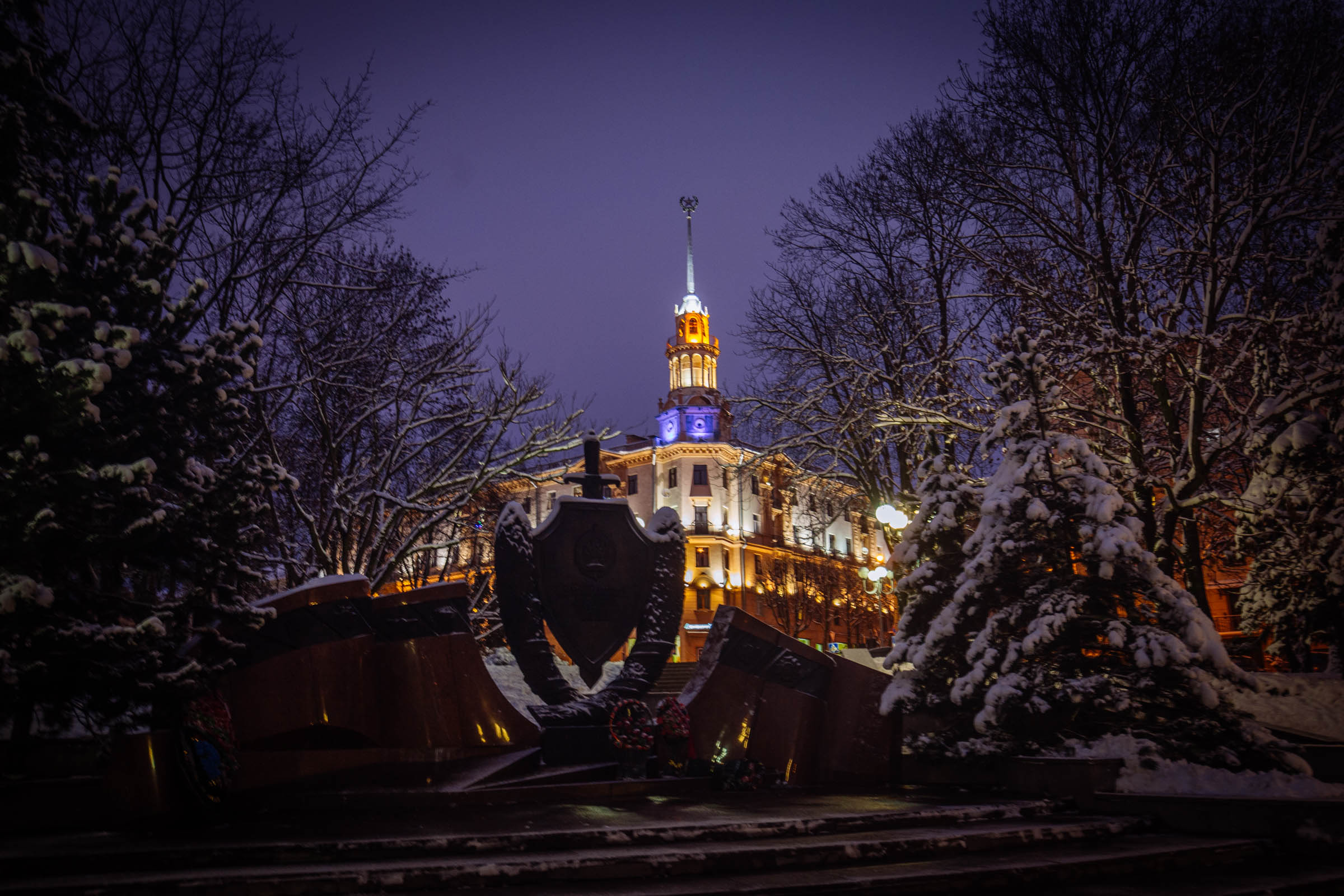
One of my favorite photos!

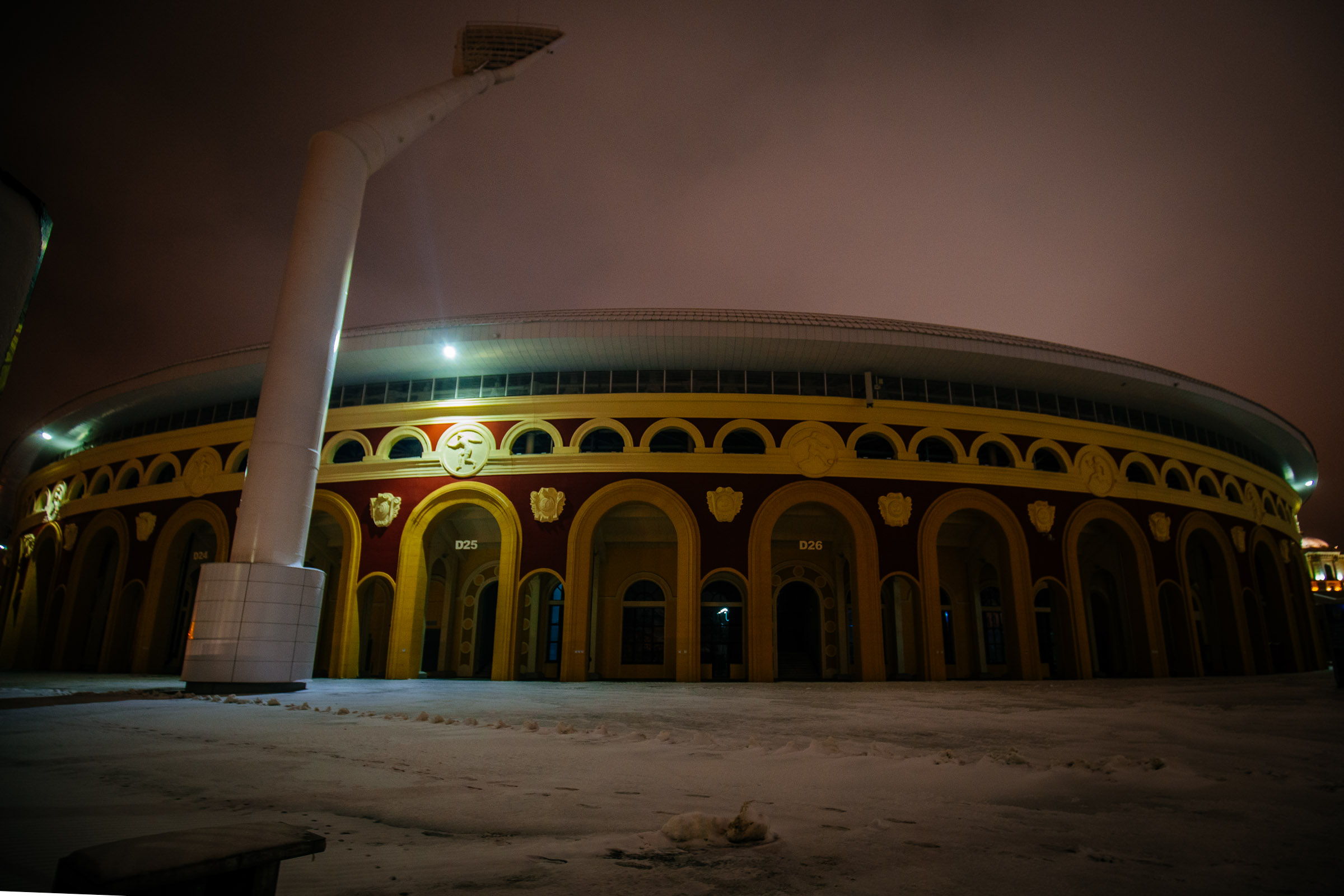
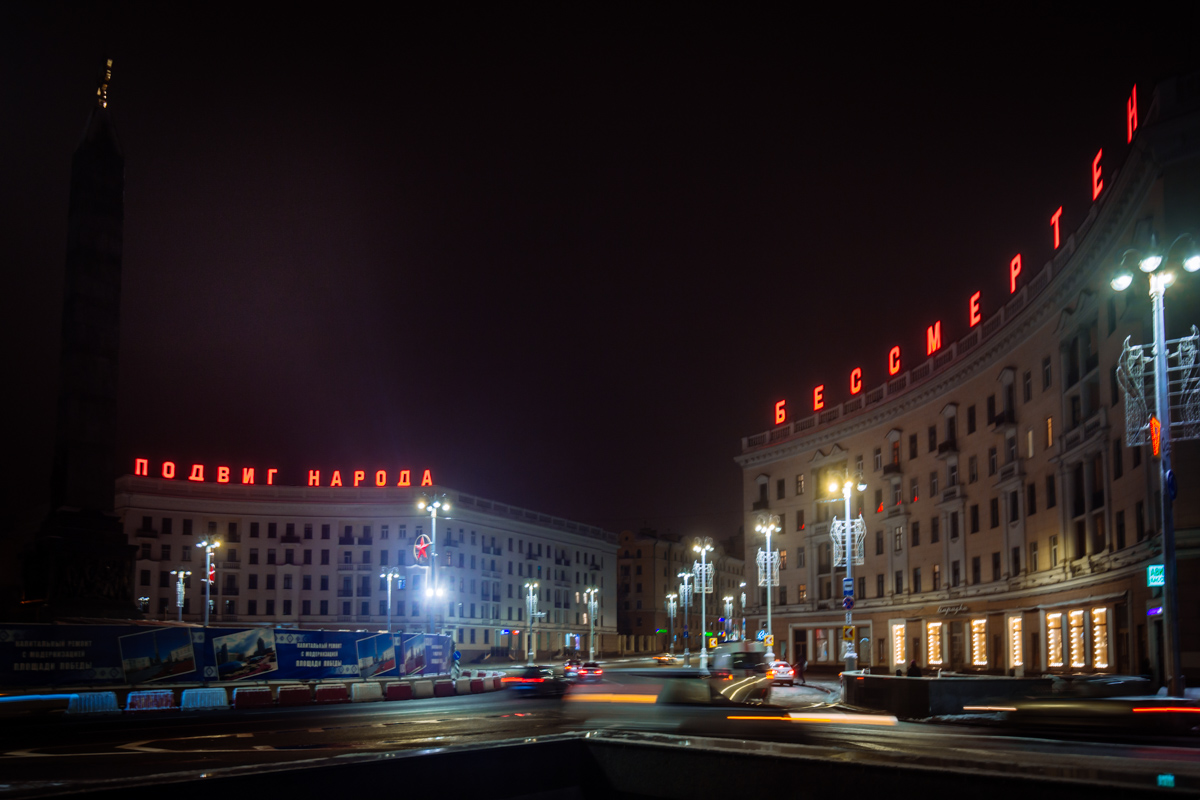
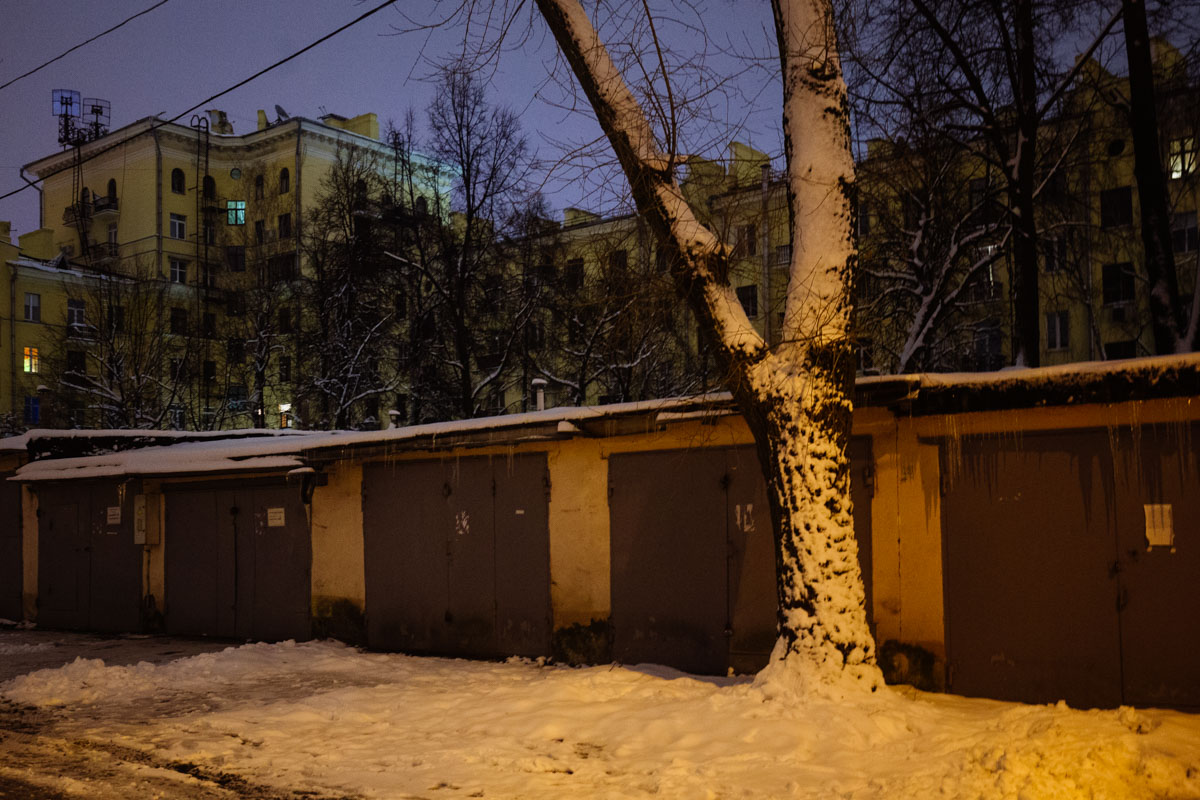
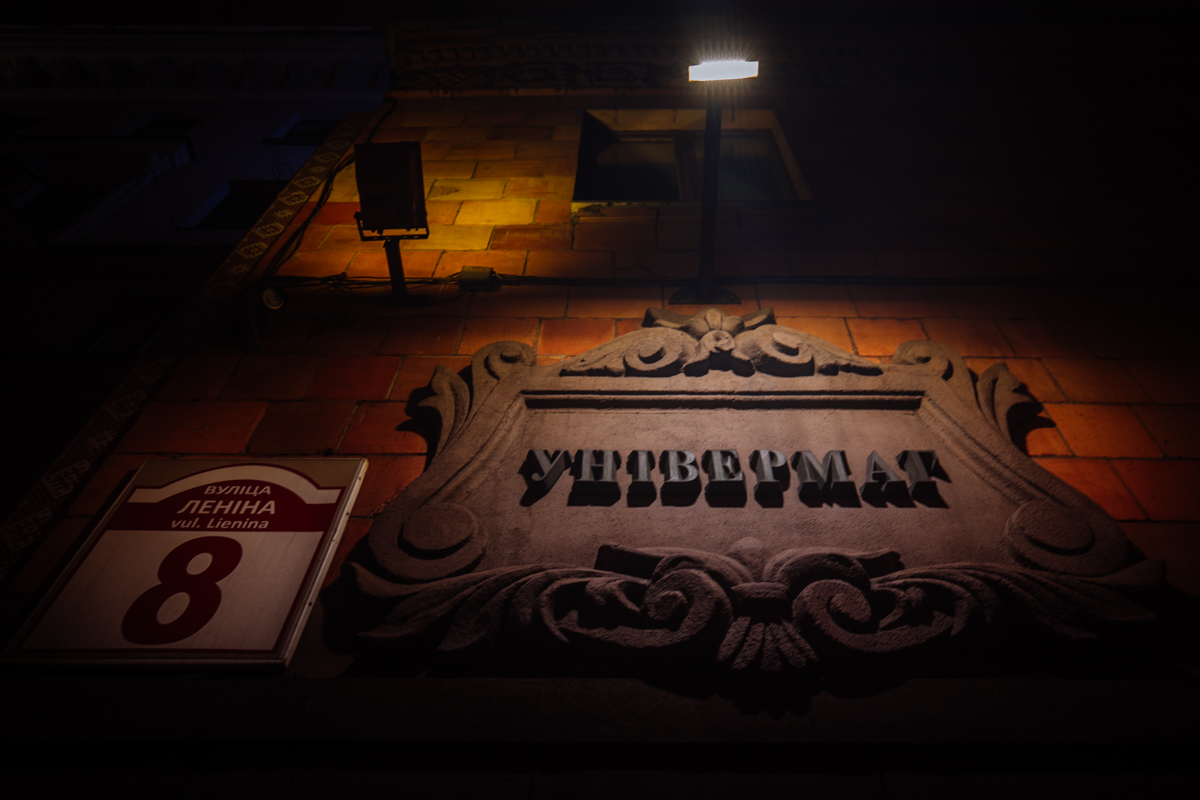
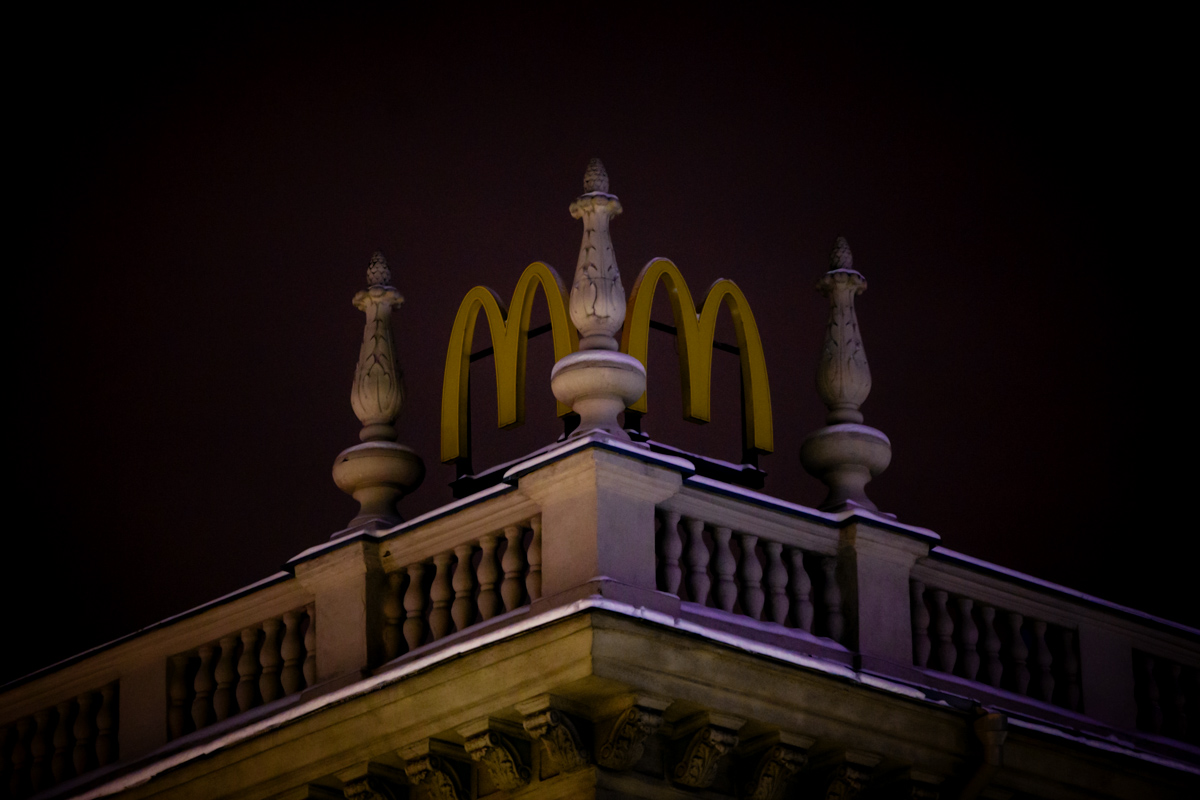
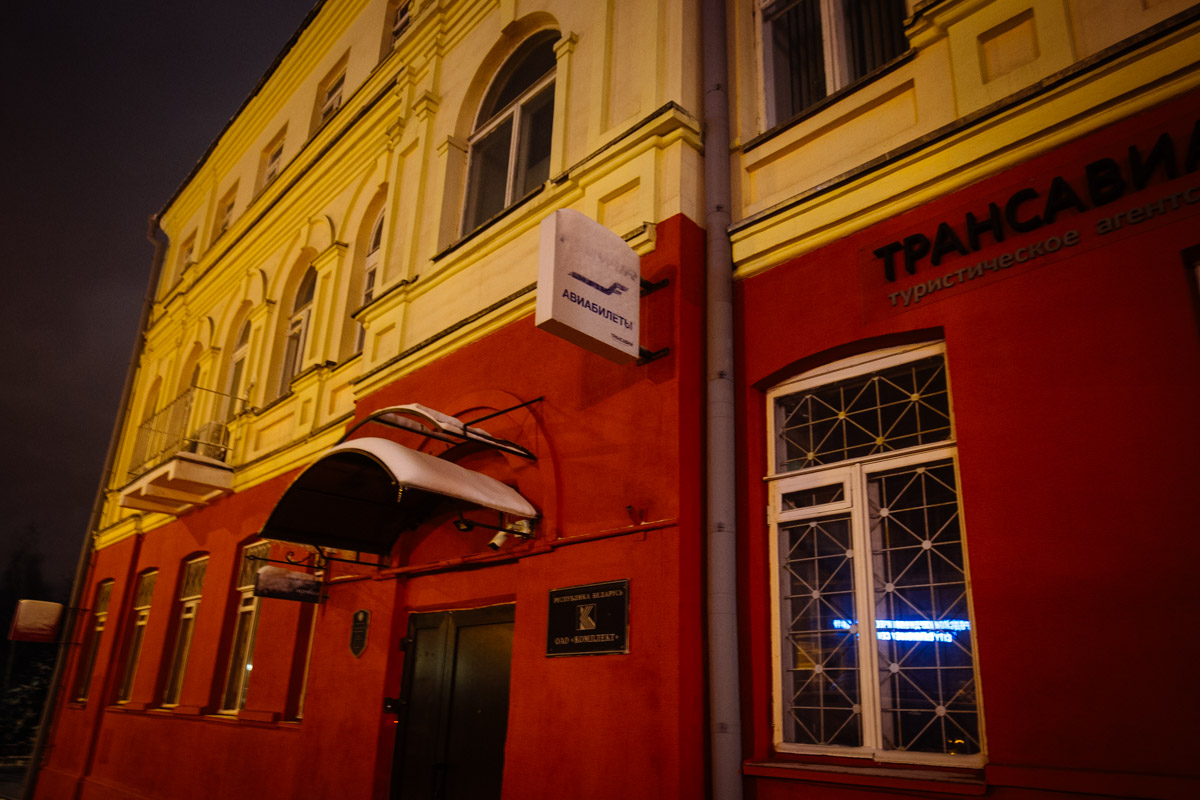
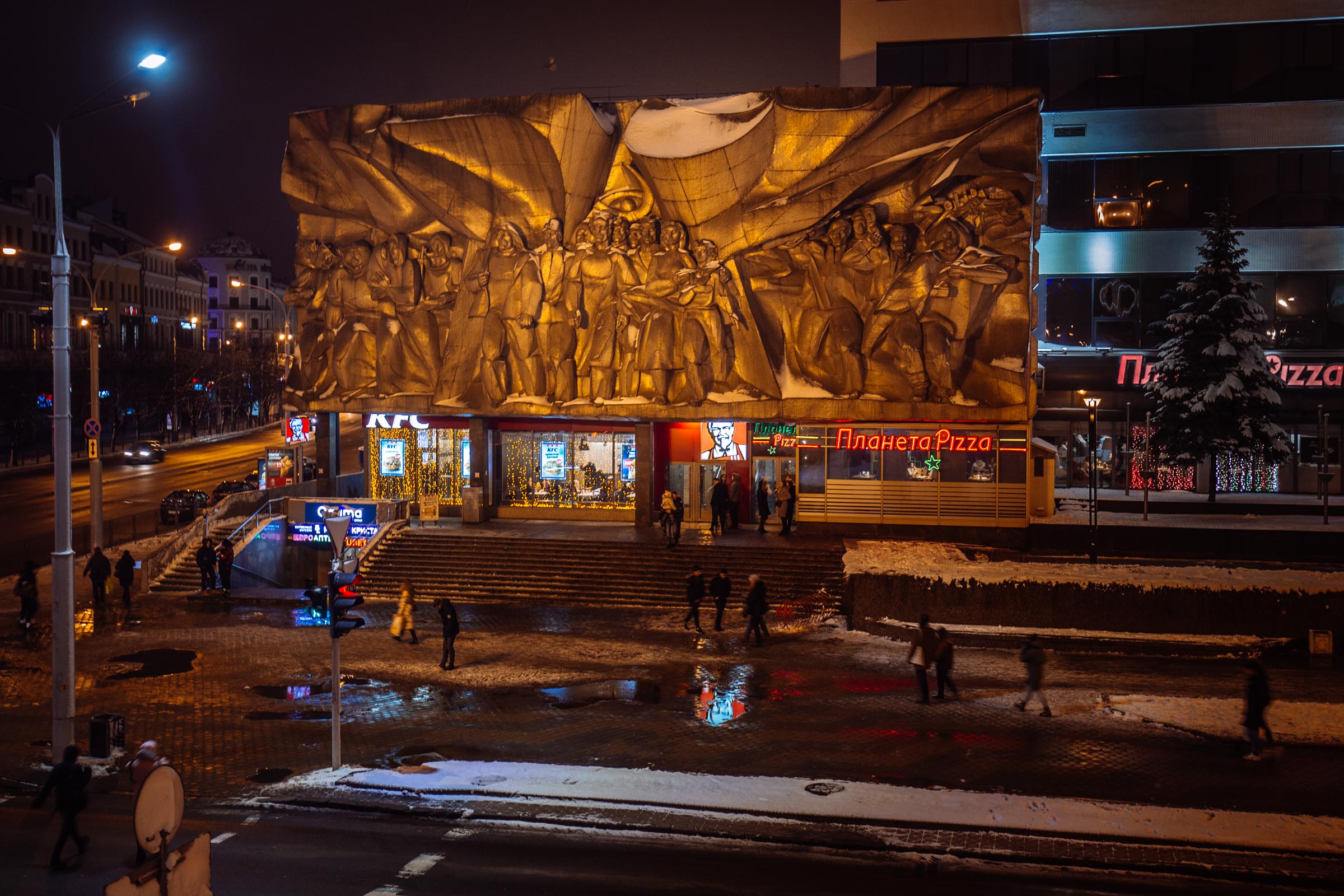
Beyond Stalinist Architecture
If you ask someone from Misk, where should you go, they will tell to visit the old town and things next to it. It is a bit of an “island” in the soviet atmosphere.

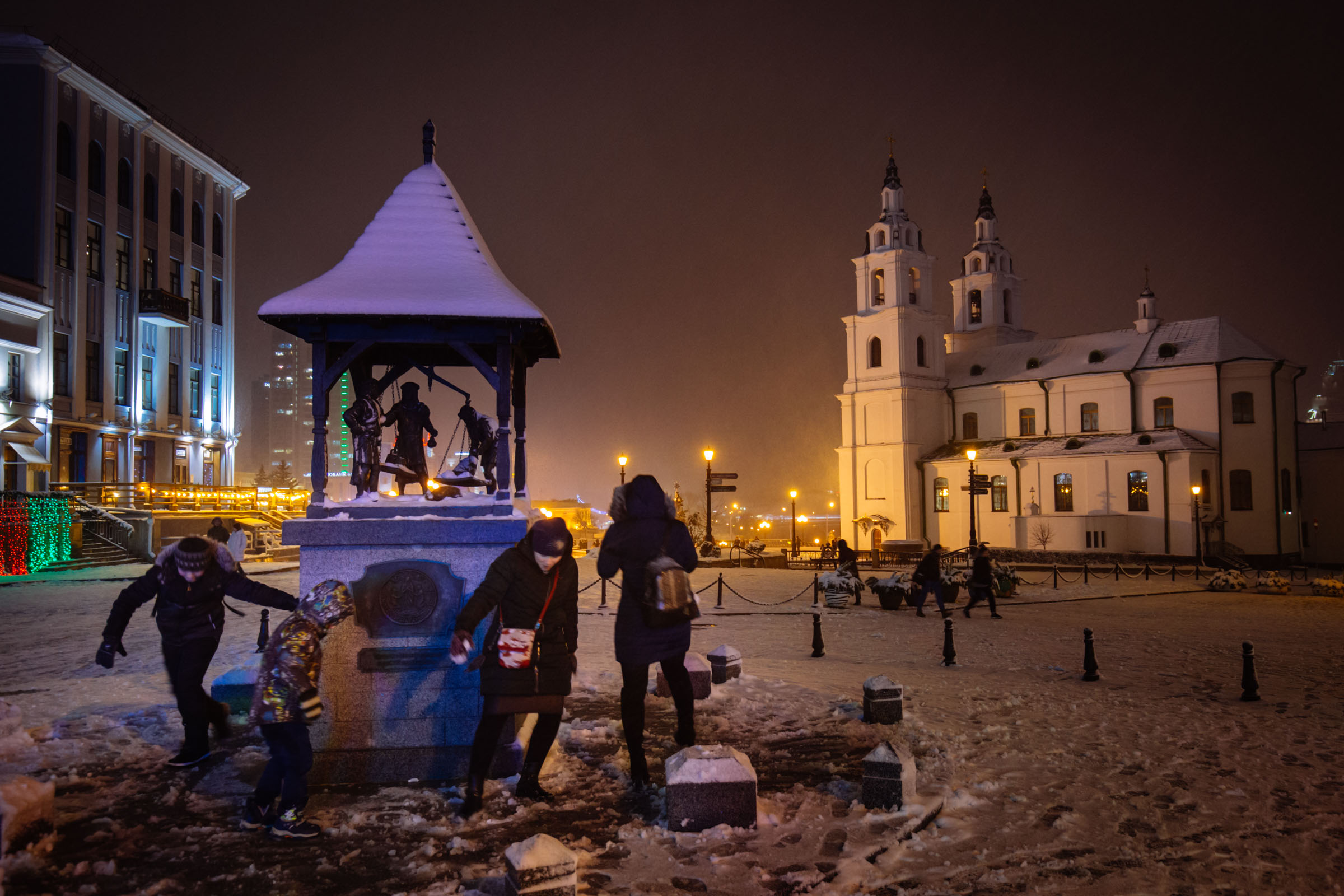
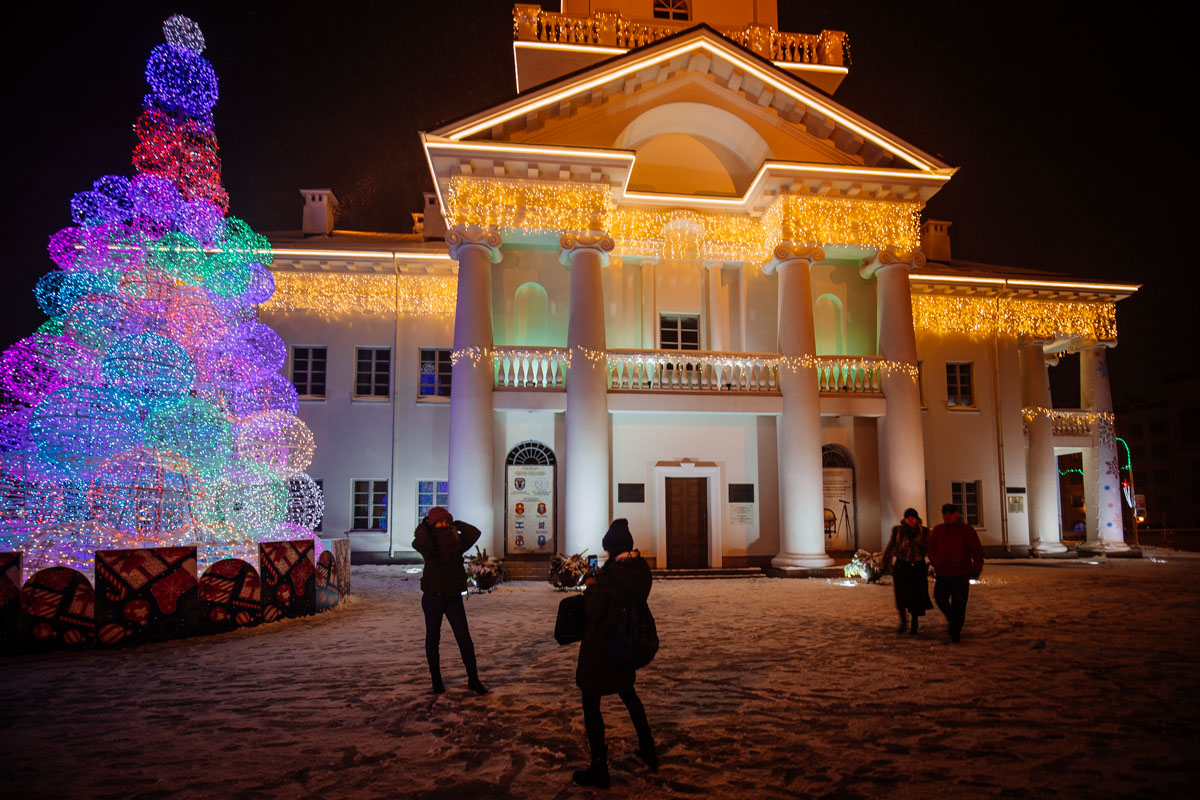
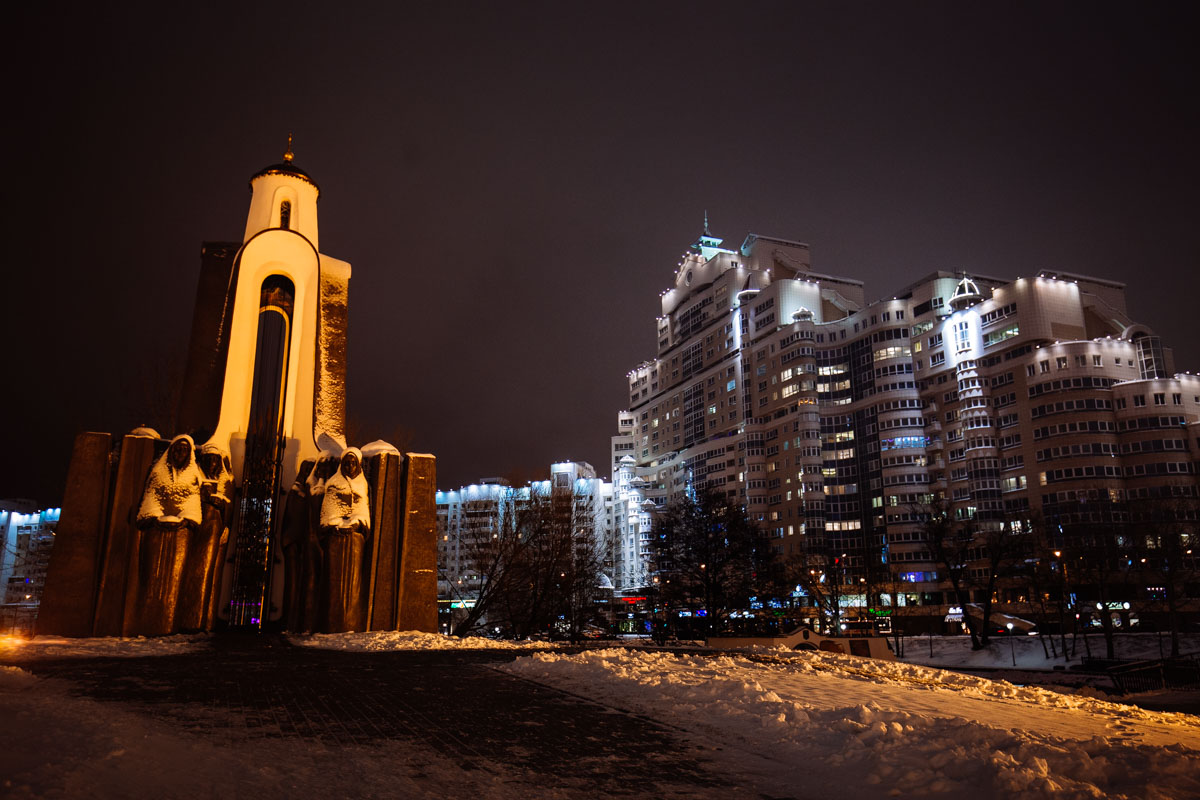
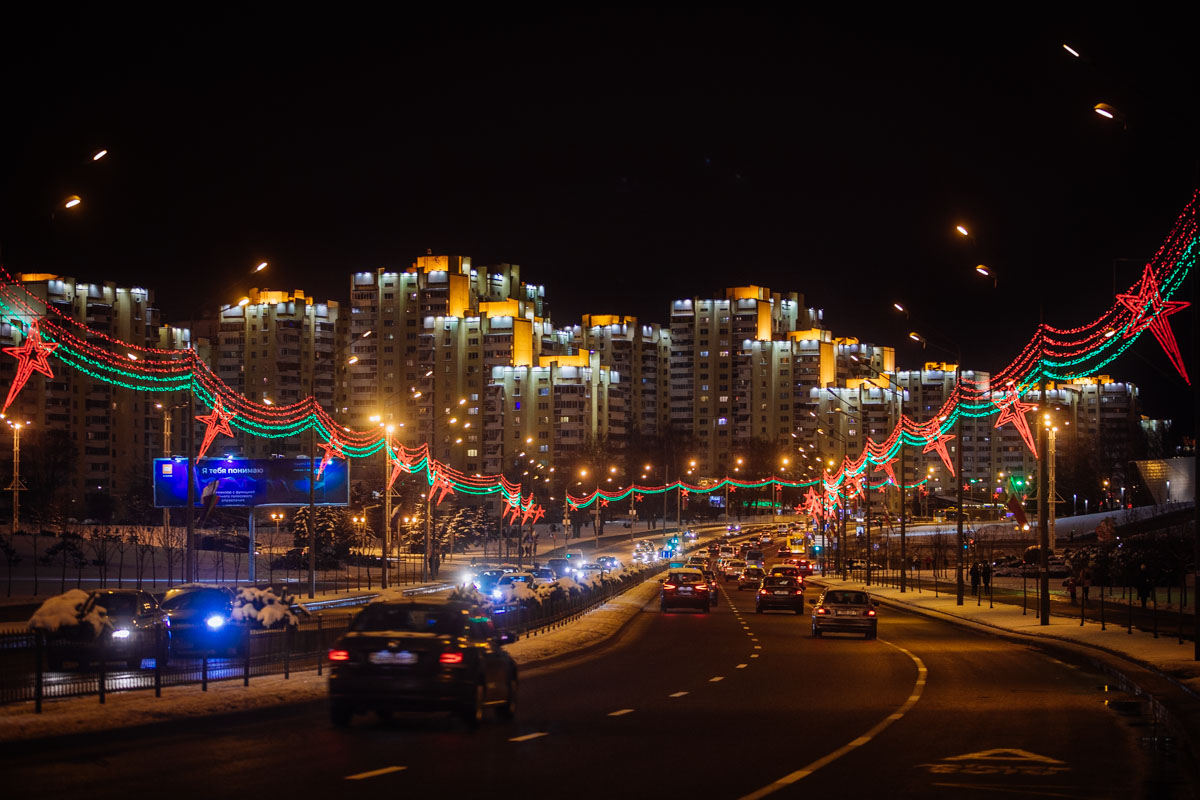
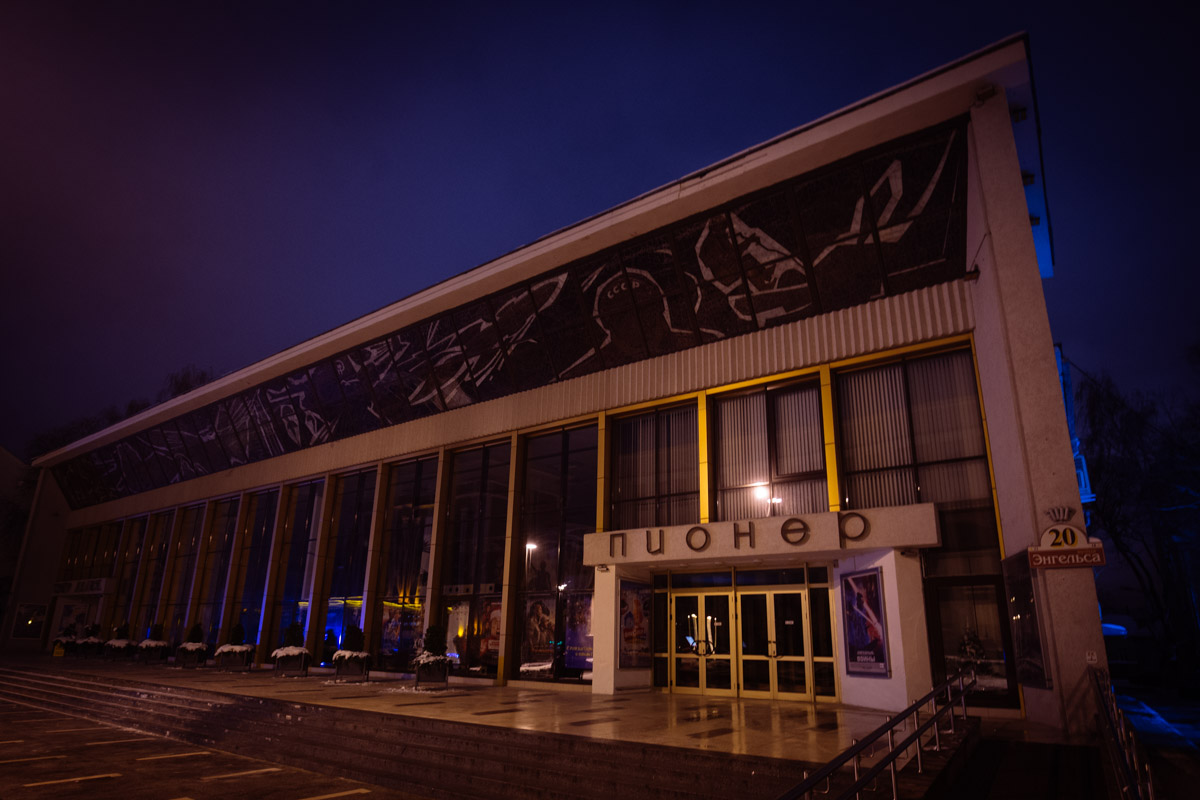

Conclusion
Minsk is many things. Some may disagree, but I find it the best best place for exploring Soviet architecture. Old town – nice, but there are more interesting examples around Europe. I’ve been to many Soviet-style cities and I think Misk offers the best, deep dive into the atmosphere.
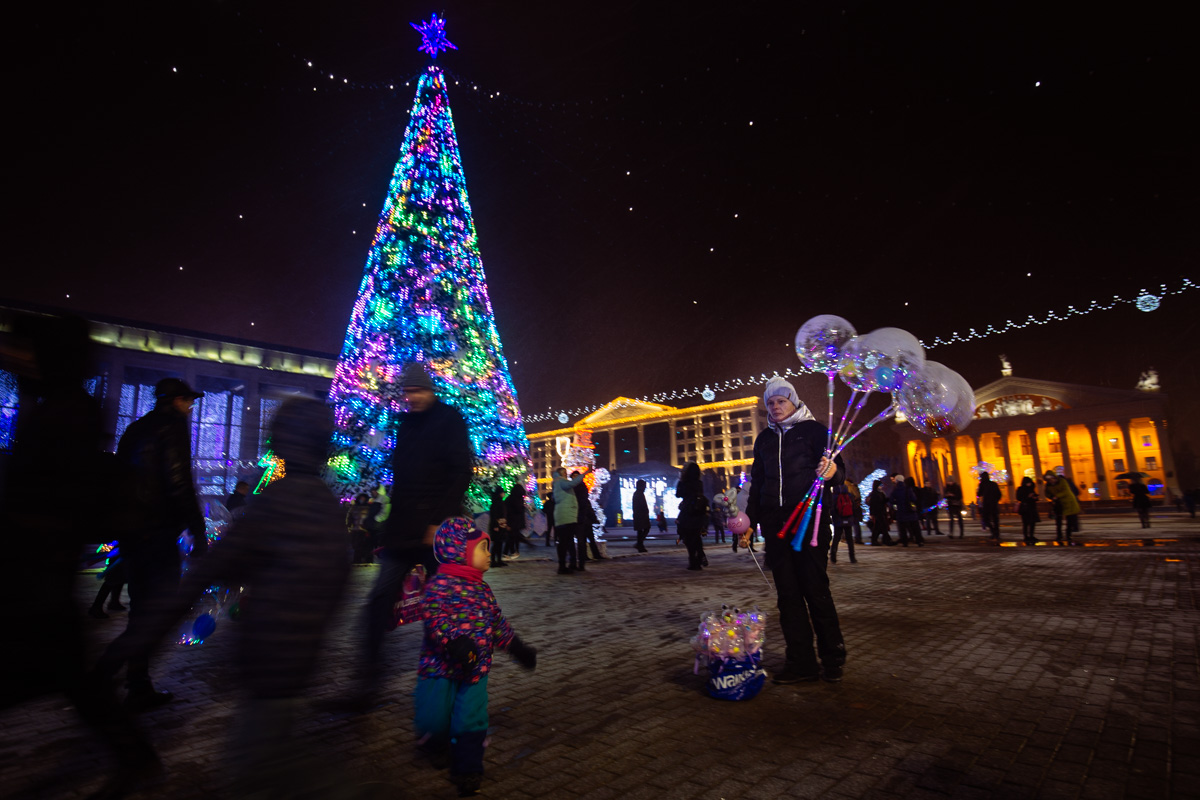
Join my community!
I love working on Engineer on tour, but it is a time-consuming thing to make. I am always improving and trying to bring you the best from photography and travel.
Currently, my main platform is my Facebook Photo Page. I will be happy to see you among my followers’ families and engage in a friendly discussion. Let me know how I’m doing and feel free to suggest some topics to write about.
You can also find me on other social media:
FACEBOOK 2 (blog updates only) / TWITTER / INSTAGRAM / INSTAGRAM 2 (only Finland) / PINTEREST

